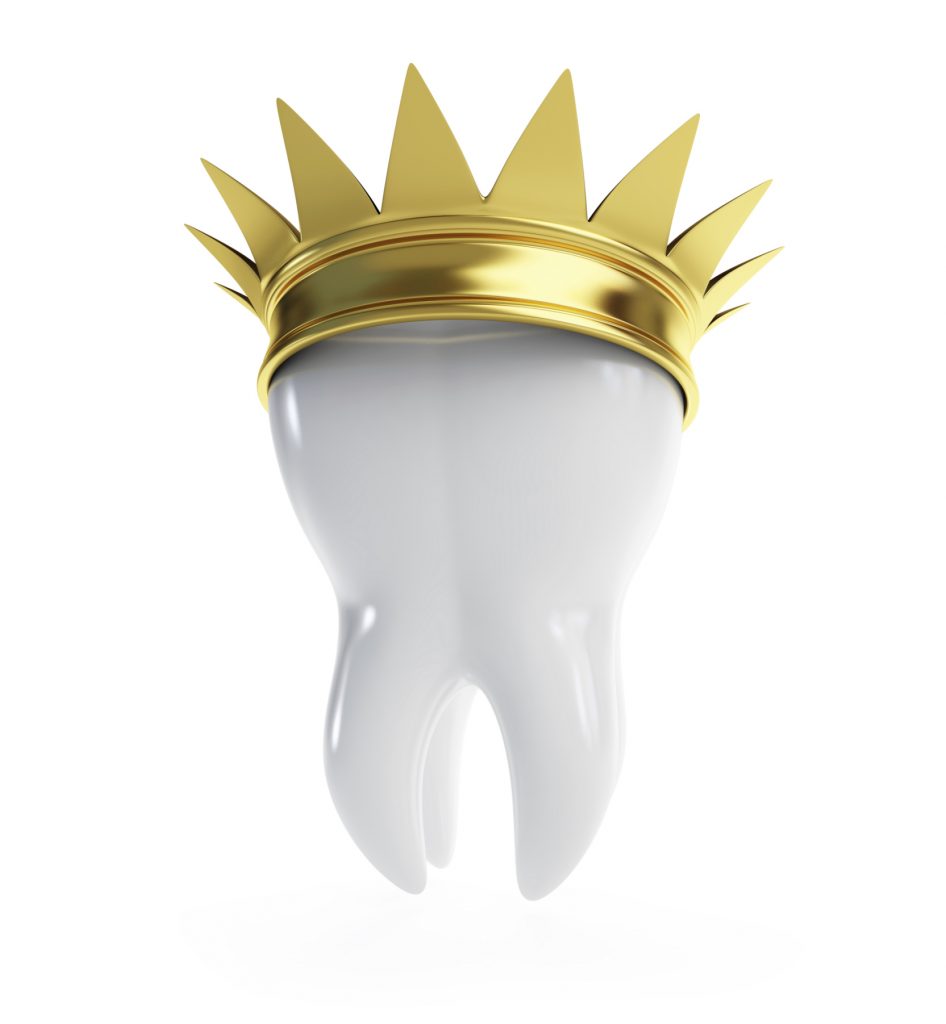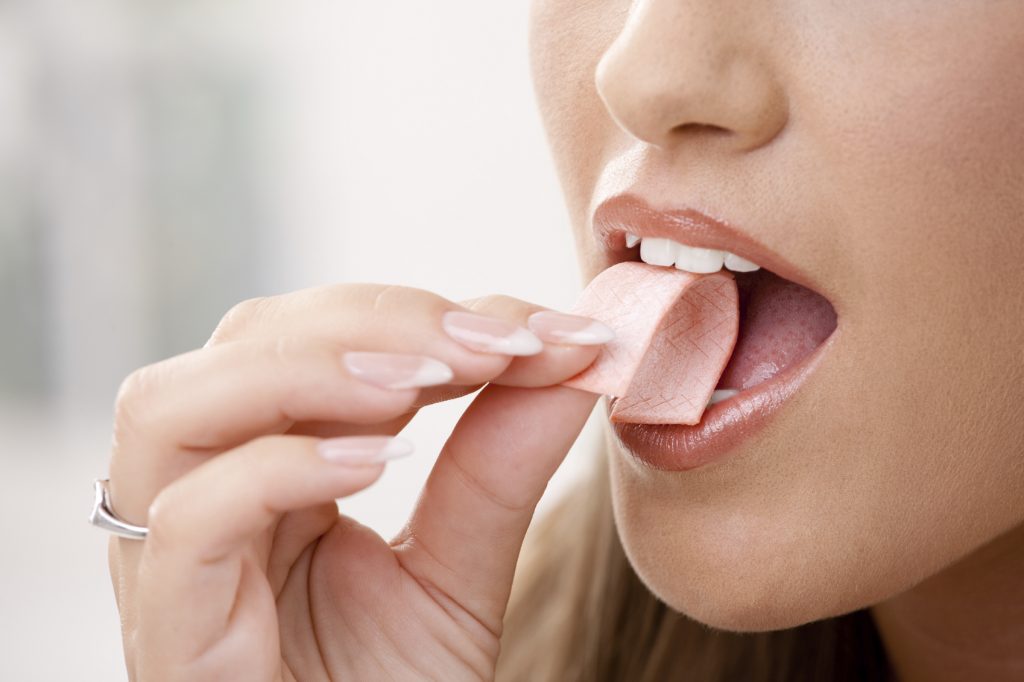
Many patients are familiar with braces – metal fastened to teeth that we all saw growing up. However, many patients grow through childhood and into adulthood with unsolved dental problems, and if you asked those patients if they would fix their crooked smile, odds are the answer would be yes. The American Association of Orthodontics indicates that approximately 25% of people wearing braces are adults. That’s a lot of patients. But despite the large number of patients currently wearing braces, in most parts of the country you probably don’t see many adults with braces. What’s the secret? Invisalign.
Invisalign is a series of treatments where clear plastic aligners are custom created for an individual patient. Each aligner is worm for a specific period of time, slowly and slightly correcting the patient’s bite. As the patient completes the specified time with each aligner, the teeth slowly shift into their proper position.
The aligners should be worn as often as possible – generally 20-22 hours each day. They can be removed while you eat, and when you brush your teeth, but are generally worn while awake and asleep. Because the aligners are removed while you eat, you’re free to eat virtually anything you’d normally eat – meaning there are no food restrictions.
Nearly all bite issues can be corrected with Invisalign, though some dentists will recommend against Invisalign in certain cases where Invisalign may be significantly more costly and difficult than traditional orthodontic treatments. To determine if you’re an Invisalign candidate, schedule an appointment soon for a full evaluation.
If you have questions or concerns about Invisalign, make an appointment today with Dr. Schnall at 212-247-7059 or visit our website at www.philipschnalldmd.com.
Dr. Philip Schnall proudly serves New York and all surrounding areas.








